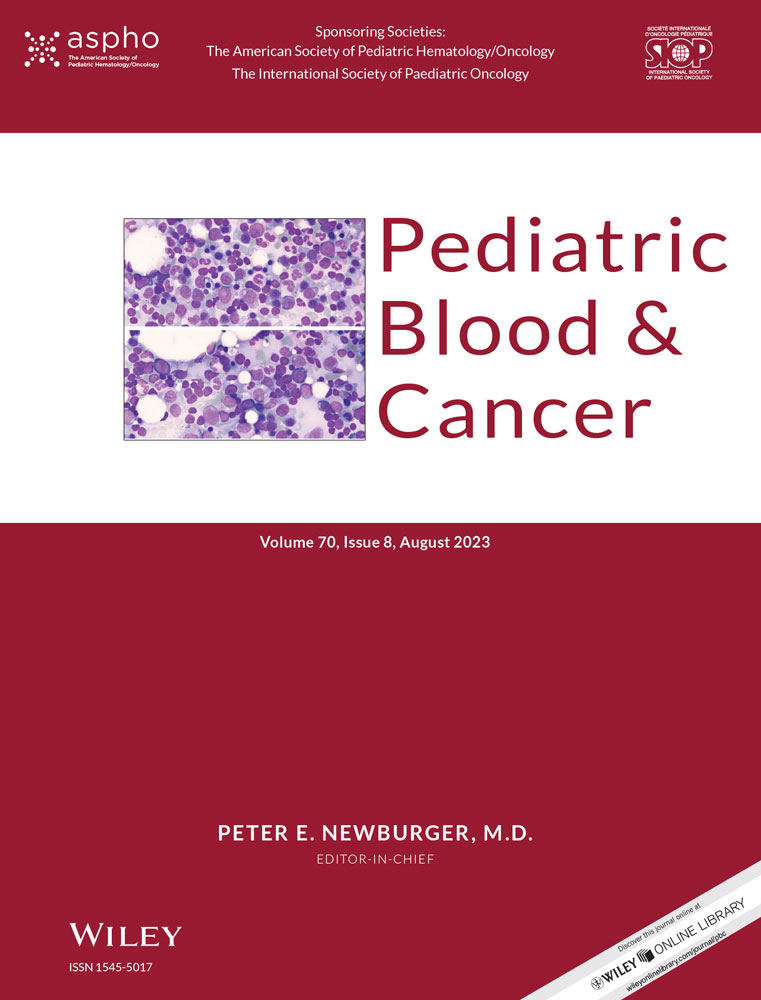Ganglioneuroblastoma intermixed: Clinicopathological implications of diagnosis at presentation and genomic correlations
Shakeel Modak and Satish K. Tickoo contributed equally to this work.
Abstract
Background
Ganglioneuroblastoma intermixed (GNBI) is classified as “favorable” histology by International Neuroblastoma Pathology Classification system. However, the International Neuroblastoma Risk Group (INRG) stratifies patients using wider clinicopathological and cytogenetic/molecular parameters. While the diagnosis of GNBI is typically made on resected tumor, it may sometimes be rendered on initial biopsy. We studied GNBI noted at diagnosis to evaluate its correlation with INRG staging and other clinicopathological and molecular features.
Methods
In this retrospective study, clinical, radiological, pathological, cytogenetic, and molecular information from patients with GNBI at diagnosis seen between 1995 and 2021 was analyzed. INRG staging was performed.
Results
Of the 15,827 neuroblastoma specimens, GNBI was noted in 237 patients. Of these, 53 had the initial pathological diagnosis of GNBI; median follow-up 3.5 (range: 0.2–14) years. Disease was locoregional in 41 (77%, 16 stage L1 and 25 L2); none relapsed. Twelve (23%) had metastatic disease at presentation; six (50%) relapsed, and two died of disease. MYCN was amplified in two metastatic tumors. Six of 31 (19%) tumors tested had recurrent cytogenetic abnormalities and nonrecurrent somatic gene mutations in 10/23 (43%). The presence of any adverse molecular/cytogenetic findings was associated with metastatic disease (p < .05). For patients with localized GNBI undergoing both biopsy and resection, GNBI was diagnosed in both in 17/19 (90%).
Conclusions
Localized GNBI at diagnosis has excellent long-term clinical outcome even without cytotoxic therapy. For localized GNBI, a biopsy sample is adequate to make the diagnosis. When associated with metastasis at diagnosis, prognosis is poorer, possibly due to associated adverse biological features.
CONFLICT OF INTEREST STATEMENT
The authors have no relevant conflicts of interest to disclose.
Open Research
DATA AVAILABILITY STATEMENT
The data that support the findings of this study are available on request from the corresponding author. The data are not publicly available due to privacy or ethical restrictions.




